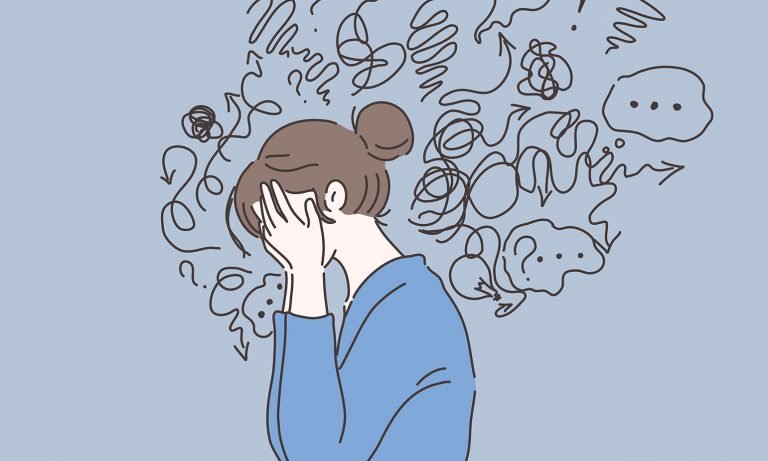
6 Techniques To Help Children With Autism Cope With Anxiety
All children can and do experience anxiety at some point. Yet, for children with autism, anxiety can manifest in a range of different behaviors, some of which can be harmful and dangerous. As well as identifying the common triggers of anxiety for your child, here are a range of proactive and reactive strategies which you can implement to help your child cope with and overcome anxiety…
1. Identify The Triggers
The first step in helping your child to reduce and manage their anxiety is to identify what triggers their anxiety. One way to help you pinpoint the cause of your child’s anxiety is to keep a journal. Record whenever an anxiety incident happens, how it manifests and the events that lead up to it.
2. Develop Communication Techniques
Visual communication strategies are particularly effective for children with autism. Visual schedules are especially useful, as they help create a sense of control and predictability. It’s also important to communicate points of transition to your child ahead of time so that they can prepare. For example, transitioning from an activity they enjoy to meal time.
“Make sure that your child knows how they can communicate to you if they are feeling anxious or distressed in a situation, especially if you are going somewhere new or doing an activity which has previously led to an episode of anxiety,” says Marion Tate, a health writer at Australia 2 write and Write my X. “For example, provide a feelings chart or prompt cards for them to express their emotions, or even use a smartphone so that they can easily communicate with you that they are finding it too much to handle.”
3. Use Social Stories
Talking to your child about how they are feeling and using visual prompts to express emotions can be very useful. Another effective strategy is to use social stories. These are a brilliant way of showing a situation to your child and talking to them about what things are likely to occur during it, prior to the situation happening to them.
“Social stories can be used to prepare your child for an upcoming event, such as going to the store, and can help to ease their feelings of anxiety and help them to feel better prepared. Alternatively, you can also use social stories to help model ways to overcome situations which have triggered anxiety for your child in the past,” says Steven Watson, an educator at Brit student and Next coursework.
4. Create A Sensory Toolkit
Create a portable sensory toolkit that you can take with you when you go out or which your child can use when they are at school. Include a range of sensory stimuli, such as fidget toys or manipulatives and deep touch pressure items (such as a weighted lap pad or weighted wearables). This way, whenever anxiety begins to manifest itself, you have some tools ready to hand to help redirect negative behavior and enable your child to successfully handle stressful situations.
5. Create A Designated Safe Space
Create a safe space for your child which they can use when they feel anxious. It can be particularly useful for your child to have a safe space at school which they can use when they feel overwhelmed. However, it’s important not to allow the safe space to become overused or the primary mechanism for dealing with anxiety. It can also be helpful to equip this space with a range of sensory stimuli which your child finds calming. Above all, this space should be created with the individual needs of your child in mind.
6. Develop Relaxation Techniques
Relaxation and self-soothing techniques are useful strategies to develop and share with your child. For example, you may use meditation techniques, breathing exercises, visualization or counting to ten as ways to calm down in stressful situations.
Conclusion
There are a range of strategies and techniques which you can use to help prevent anxiety, as well as to support your child to overcome anxiety when it does manifest. The key is to identify your child’s trigger points and apply techniques which are individual and responsive to their needs. The more often and consistently you apply these, the more likely they are to be effective and help equip your child with the necessary skills to be able to cope with anxiety in the future.
Michael Dehoyos works as a professional editor and content marketer at Thesis writing service and Write my case study. He also regularly writes articles for Origin Writings, as well as having contributed to numerous other websites and publications. Michael has worked closely with schools and youth groups to use technology to support children with special educational needs to better access education. He is passionate about supporting individuals with special educational needs to successfully and independently thrive in society.
Tags: Anxiety, Autism, autism education, behaviour, Children, Inclusion, Mental Health, understanding